 In 2009, nine people died as a result of consuming peanut butter contaminated with salmonella. Three Peanut Corporation of America executives subsequently received lengthy sentences for their role in the outbreak. The lesson from this should be very clear: food manufacturers and processors must ensure the safety of what they sell.
In 2009, nine people died as a result of consuming peanut butter contaminated with salmonella. Three Peanut Corporation of America executives subsequently received lengthy sentences for their role in the outbreak. The lesson from this should be very clear: food manufacturers and processors must ensure the safety of what they sell. FDA regulations require verification of processes intended to render food products safe for human consumption. In the case of canning (a preservation and packaging process employing heat and pressure) it is important to verify process performance to ensure appropriate treatment is being performed. Furthermore, records of such verifications should be maintained as evidence of so doing.
This White Paper from OMEGA Engineering discusses the use of temperature and pressure data loggers in the canning industry. Individual sections address:
- Background to Food Canning
- Process Verification
- Temperature Distribution
- Pressure Data
- Calibration and Traceability
- Temperature and Pressure Data Loggers
Much of what follows is applicable to other thermal sterilization processes, such as those using autoclaves. However, this White Paper is intended specifically for those in the food processing and packaging sectors.
Background to Food Canning
Other than fresh meat and produce, much of the food sold today is preserved by freezing. A newer process, High Pressure Processing (HPP) is finding increasing use as an alternative to freezing. It uses a combination of heat and pressure to destroy pathogens and microbial contamination and in this regard is similar to the much older process of canning.
Canning as a means of preserving food for storage and transportation was developed early in the nineteenth century (the can opener was not invented for another 40 years). In canning fresh meat, seafood, fruit or vegetables - it's cleaned, prepared and packed into a metal canister (hence the origin of the word) containing water or syrup. The can is sealed and passed into an oven for cooking. Liquid is vaporized by the heat, which raises the pressure inside the can. Heat, combined with pressure, destroys or renders inactive pathogens and microbial contamination, preserving the food almost indefinitely. A particular concern is to destroy spore forming bacteria such as Clostridium Botulinum, which is often lethal if ingested.
Canned foods are heated to 116 to 121°C (240 to 250°F) and held at this temperature for a time related to the food’s acidity, density and heat transfer characteristics. Corn in particular requires an extended time to ensure the elimination of any contamination.
Canning as a means of preserving food for storage and transportation was developed early in the nineteenth century (the can opener was not invented for another 40 years). In canning fresh meat, seafood, fruit or vegetables - it's cleaned, prepared and packed into a metal canister (hence the origin of the word) containing water or syrup. The can is sealed and passed into an oven for cooking. Liquid is vaporized by the heat, which raises the pressure inside the can. Heat, combined with pressure, destroys or renders inactive pathogens and microbial contamination, preserving the food almost indefinitely. A particular concern is to destroy spore forming bacteria such as Clostridium Botulinum, which is often lethal if ingested.
Canned foods are heated to 116 to 121°C (240 to 250°F) and held at this temperature for a time related to the food’s acidity, density and heat transfer characteristics. Corn in particular requires an extended time to ensure the elimination of any contamination.
Process Verification
Food processors are expected to conform to the requirements of 9 CFR 417.2 - Hazard Analysis and HACCP Plan (HACCP is short for Hazard Analysis and Critical Control Point). In summary, this requires that they:

- Document the steps in the processes employed for each product
- Identify areas of potential contamination
- Develop and implement a plan to prevent or eliminate contamination
- Implement procedures to verify the adequacy of the plan
For canners this means verifying that their processes maintain conditions that will destroy or render all pathogens inactive, including C. Botulinum. Such verification is best performed with instrumentation such as a temperature data logger for food.
Temperature Distribution
Devices are available to log both temperature and pressure on a time basis. Such data can subsequently be downloaded into a PC for storage and analysis. However, capturing a single set of data tells only the conditions experienced at the location the data logger was placed. As many ovens have an uneven temperature distribution it is advisable to use multiple loggers distributed throughout the chamber. For example, it may be considered prudent to log conditions in the eight corners plus the midpoint. Alternatively, and especially if a particular distribution is expected, an array of loggers might be deployed to enable thermal mapping of the chamber.
Pressure Data
Capturing useful pressure information is considerably more complex than recording temperature. First, a submersible data logger is needed. Second, the pressure inside a can depends on the quantity of liquid included, plus the volume available for expansion. Thus while a logger can be placed inside a can, the contents must be adjusted to reflect the difference between the logger and the typical contents. Also, don’t overlook the importance of clearly distinguishing the can from the rest of the oven contents so it may be retrieved before shipment.
Calibration and Traceability
As with any instrumentation, calibration and traceability back to National Standards are recommended to ensure the validity of the data. Organizations with in-house laboratory facilities may undertake this themselves. Alternatively, temperature and pressure loggers can be purchased with certificates of NIST traceability.

Temperature and Pressure Data Loggers

Unlike devices using a submersible thermocouple, this logger incorporates an RTD spanning a range of -20 to 140°C (-4 to 284°F) with a resolution of 0.01°C (as peak temperatures are below 200°C a very high temperature data logger is not required). Pressure is measured by strain gauge with a range of 0 to 5 bar and 0.0001 bar resolution. Over 32,000 data points may be recorded, at a rate ranging from one per second to once every 24 hours. The start of recording is programmable or can be initiated manually. On retrieval from the oven, data is downloaded by connecting the logger to a PC. Alternatively, the logger may be connected to a PC while in use for real time data capture.
Summary
Consumer protection is of the highest concern throughout the food industry. FDA procedures mandate a HACCP approach which requires companies identify risk points, implement control measures, and verify that those measures are effective.
Canning is a food preservation and packaging process that relies on heat and pressure to destroy pathogens and microbial contamination. However, these will be ineffective if minimum temperatures and times are not achieved. A combined temperature and pressure data logger such as the OMEGA® OM-CP-PRTEMP140 Series, captures this process data at a frequency specified by the user and allows it to be downloaded onto a PC for later reference. Such data loggers are therefore an essential component in ensuring safety throughout the food chain.
Canning is a food preservation and packaging process that relies on heat and pressure to destroy pathogens and microbial contamination. However, these will be ineffective if minimum temperatures and times are not achieved. A combined temperature and pressure data logger such as the OMEGA® OM-CP-PRTEMP140 Series, captures this process data at a frequency specified by the user and allows it to be downloaded onto a PC for later reference. Such data loggers are therefore an essential component in ensuring safety throughout the food chain.
 CLOSE
CLOSE



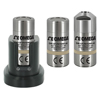
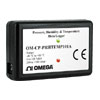
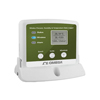
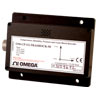
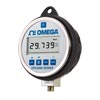
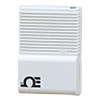
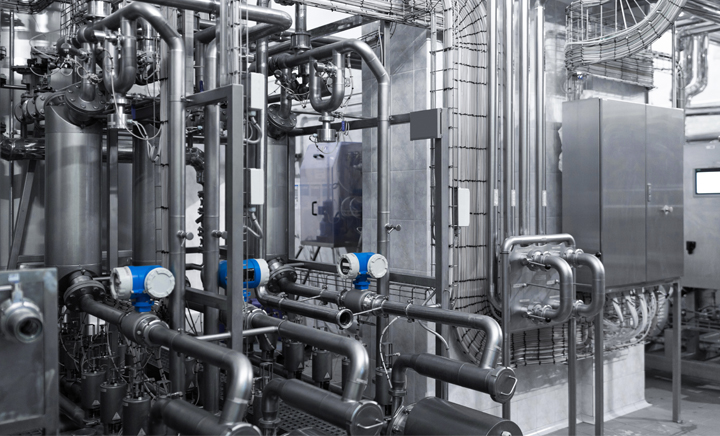
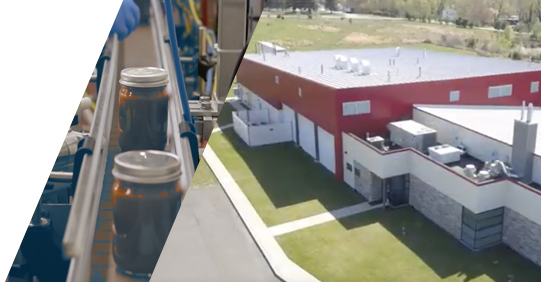 Omega's relationship with Rutgers sprouted with their goals in substituting manual processes with an IoT solution for hands-off data collection capabilities.
Omega's relationship with Rutgers sprouted with their goals in substituting manual processes with an IoT solution for hands-off data collection capabilities.
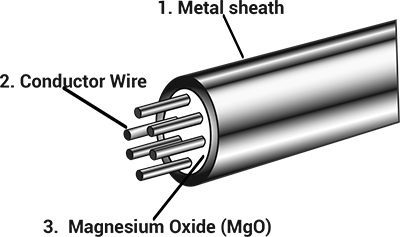 MI cables are used in high temperature or high pressure harsh environments for a good reason, here's why:
MI cables are used in high temperature or high pressure harsh environments for a good reason, here's why: